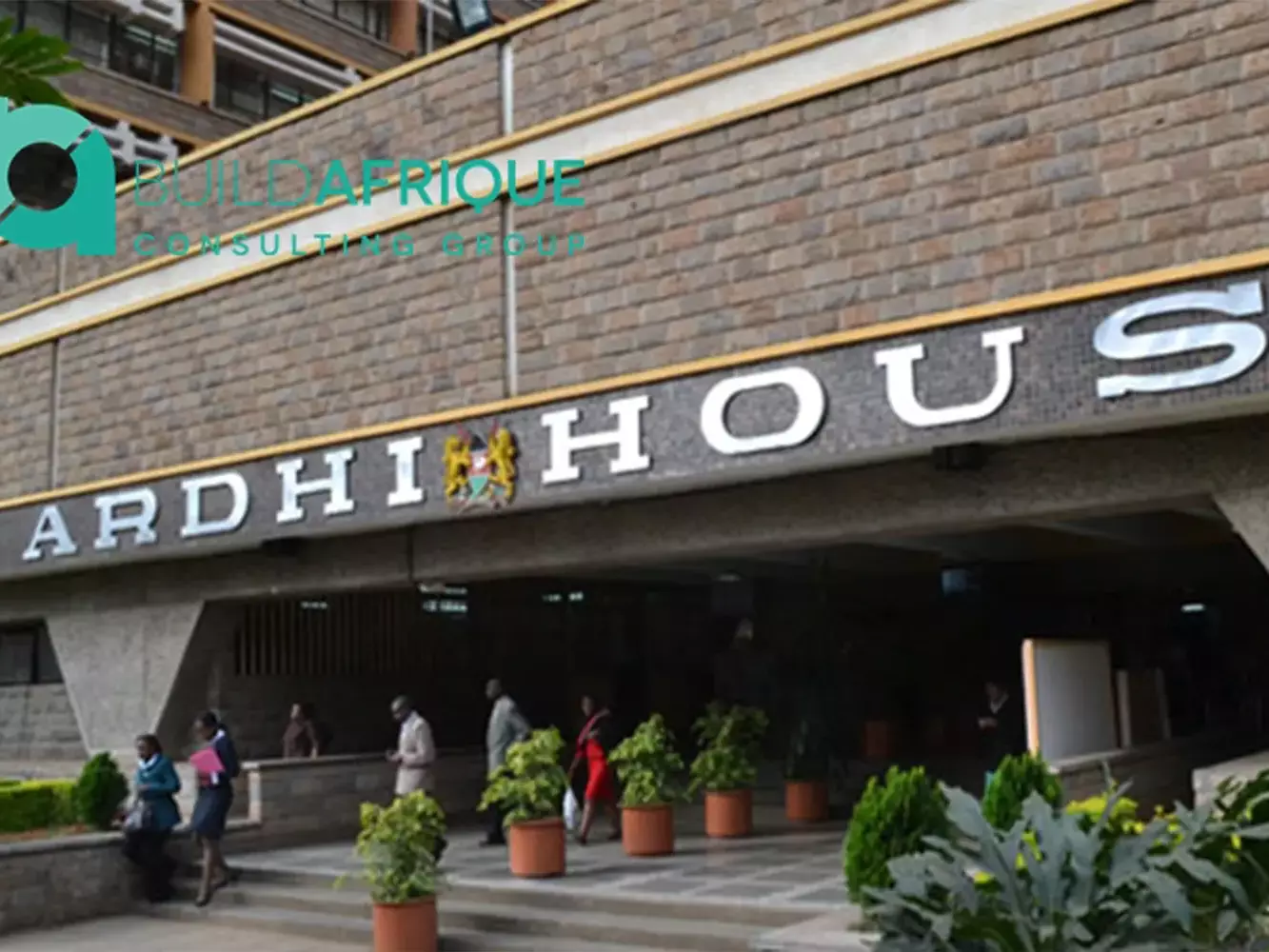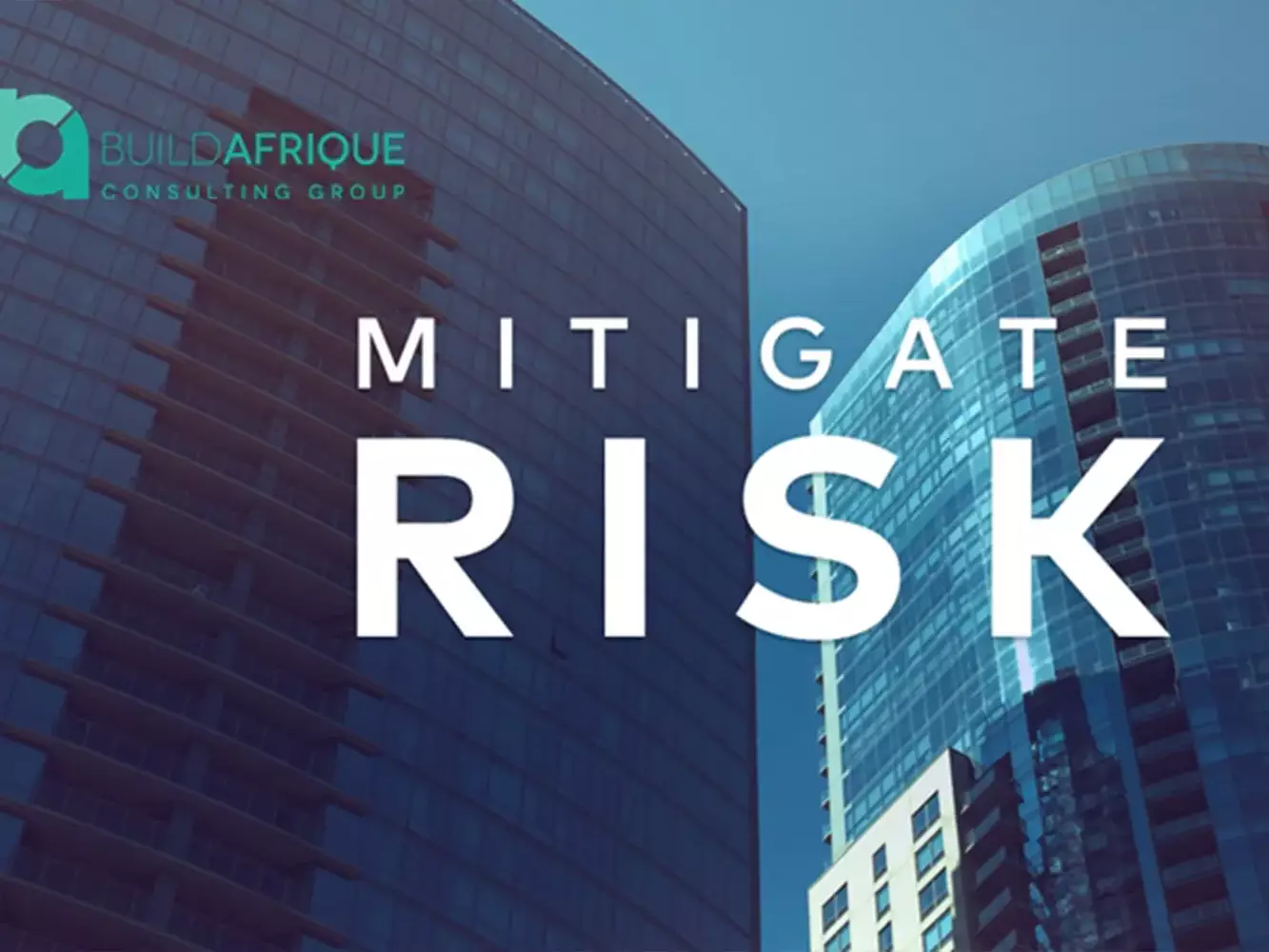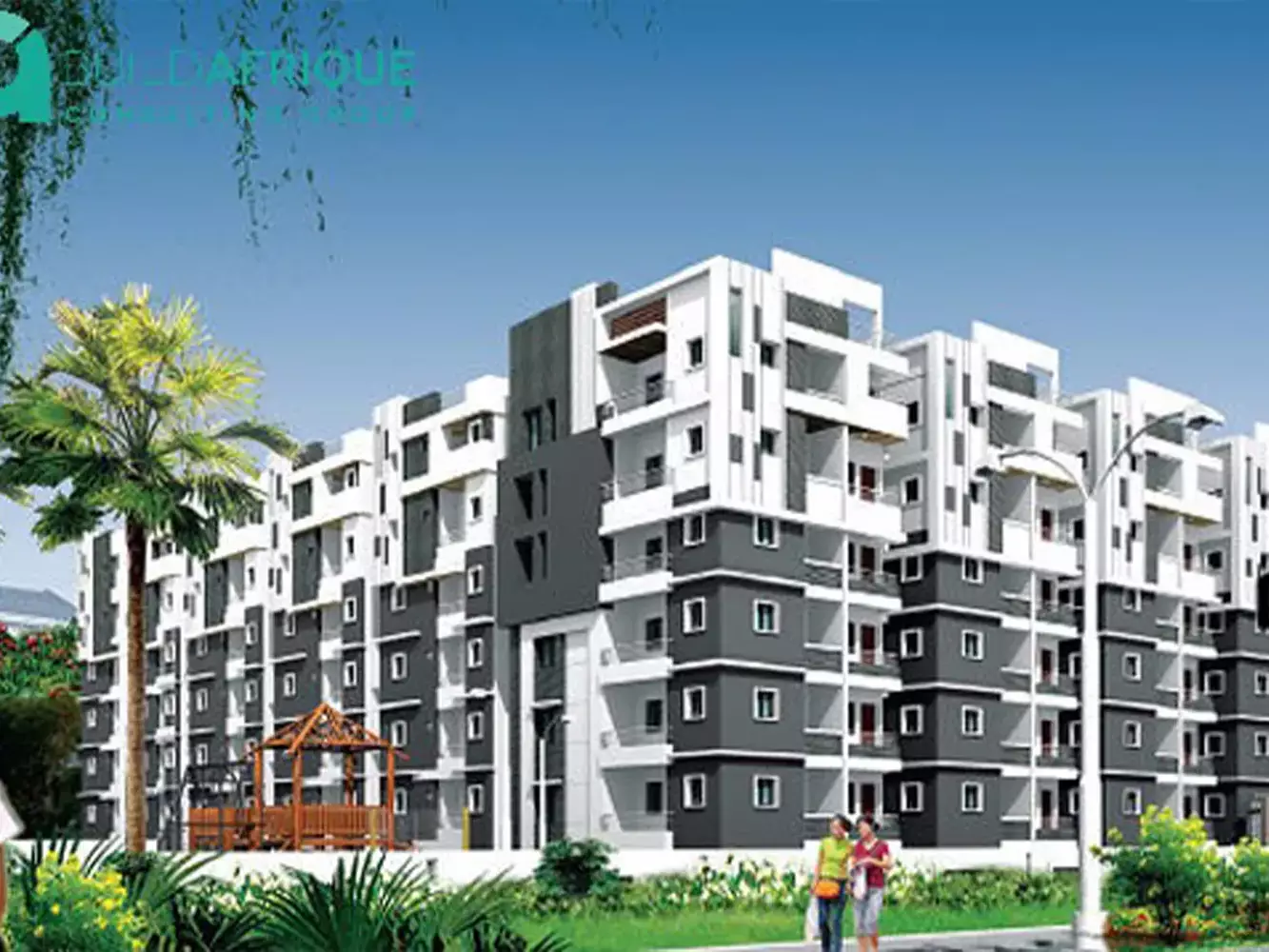Insights
Mixed Use Development – An Investment model shaping the Kenya Real Estate Market and an option for Investors

According to Knight Frank’s Global cities 2018 report, the continuing development of real estate projects that integrate homes, offices and recreational spaces- mixed-use developments- has placed Nairobi among the global cities where such developments are increasing efficiency by reducing the overall travel time, promoting productivity at workplaces as work-life balance is achieved.
Nairobi’s mixed-use developments were pioneered by Garden City, on Thika Road. This development sits on 32 acres of land and incorporates a large shopping mall, Grade ‘A’ office premises, residential apartments and a central park set on a 3-acre piece of land for recreational purposes. Other mixed-use developments include The Hub set on a 20-acre piece of land in the affluent Karen suburb, Dubai styled Le’ Mac property development in Westlands, The Pinnacle located in UpperHill, and Centum’s Two Rivers development located on Limuru Road.
Two Rivers is the most extensive mixed-use development hub in the East Africa region sitting on 102 acres of land within the most affluent suburbs in Kenya with an annual spend of over USD 500 million over a 5km radius.
These developments demonstrate that Nairobi, like Dubai, is keeping up with the global real estate trends in a bid to match mature markets such as New York and London where mixed-use developments are somewhat advanced. Evidently, wealthy residential areas close to the CBD are the primary focus of mixed-use developments. Reduced traffic congestion is one of the benefits for investors and occupants in this model.
An abundance of parking space is perhaps one of the most noticeable advantages in such developments favoring tenants of office spaces, shoppers, and residents. Kevin Wathome, a commercial agent at Knight Frank, notes that the standard parking capacity for commercial developments is usually two bays per 1000 square feet. At Two Rivers, for example, the basement and rooftop parking comprises of 1500 bays with an additional 2000 parking bays in the parking silo. Garden City and The Hub both have a parking capacity of 2000 and 1400 respectively.
Furthermore, easy reach means increased efficiency which translates to higher productivity at work. Convenience is therefore created for both the employer and the employee for those occupying these types of development for commercial reasons.
While the live-work and play concept provide a convenience of sorts, it is vital that occupants and policy drivers in Nairobi’s first concentric zones- Westlands, Kilimani, Runda, Karen- utilize their advantages and the experiences of other localities to create a better urban environment. As it is, only Two Rivers is set up for sustainability having adopted natural ventilation and lighting, waste and refuse separation for recycling, daylight down to the basement level, harvesting of rainwater, and use of a passive cooling system.
Also arising is the need to promote non-motorized transit to enable mobility and access hence reducing the need for private vehicles responsible for generating peak and non-peak congestion.  More roads will not lead to less traffic congestion; this is a reality that there is little understanding of. It is therefore important to emphasize on transit-oriented developments through improved walking facilities, easy access to mass transit and proper connectivity of various modes of transport.
More roads will not lead to less traffic congestion; this is a reality that there is little understanding of. It is therefore important to emphasize on transit-oriented developments through improved walking facilities, easy access to mass transit and proper connectivity of various modes of transport.
The movement to the first concentric zones as a result of the transformation in the CBD provides the city a chance to develop into an inclusive, people driven modern African metropolis. As integrated and mixed use developments continues to rise, review of the current land-use and planning framework of our cities will be key areas of consideration in promoting both social and economic sustainability in our urban areas, as well as investment in infrastructure development.
Related
Insights
Energy Sector Project Financing Company In Kenya
Buildafrique is Kenya Energy Sector Project Financing Company and Capital Raising…






